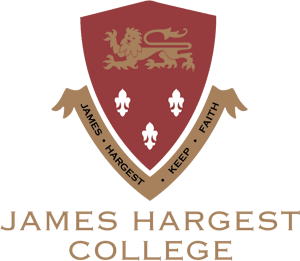Senior students are all encouraged to log into NZQA regularly to track their progress towards their certificate. They should know how many credits they have earned, how many they still have available and be proactive about following up any issues.
NCEA Levels and Certificates
There are two levels of NCEA certificate available at James Hargest College. At each level, students must achieve a certain number of credits to gain an NCEA certificate. Credits can be gained over more than one year.
NCEA Requirements
Level 2
60 credits at Level 2 or above.
The Level 1 Literacy and Numeracy co requisites must also be met.
Level 3
60 credits at Level 3 or above.
Literacy and Numeracy requirements must also be met.
Credits gained at one Level can be used for (or count towards) more than one certificate. They may also be used towards
other qualifications. For example, unit standards in the domain ‘generic computing’ might be used towards a Level 2 NCEA certificate, as well as towards a National Certificate in Computing (Level 2); or 20 credits gained at Level 2 can count towards a Level 1 NCEA certificate.
University Entrance
University Entrance (UE) is the minimum requirement to go to a New Zealand University. To be awarded UE you will need:
- NCEA Level 3
- Three subjects – at Level 3, made up of:
- 14 credits in each of three approved subjects
- Literacy – 10 credits at Level 2 or above, made up of:
- 5 credits in reading
- 5 credits in writing
- Numeracy – 10 credits from:
- specified achievement standards at Level 2 or Level 3, or
- the co-requisite standard.
Once you have met the requirements for University Entrance, it will appear on your Record of Achievement.
View the assessment procedures booklet



